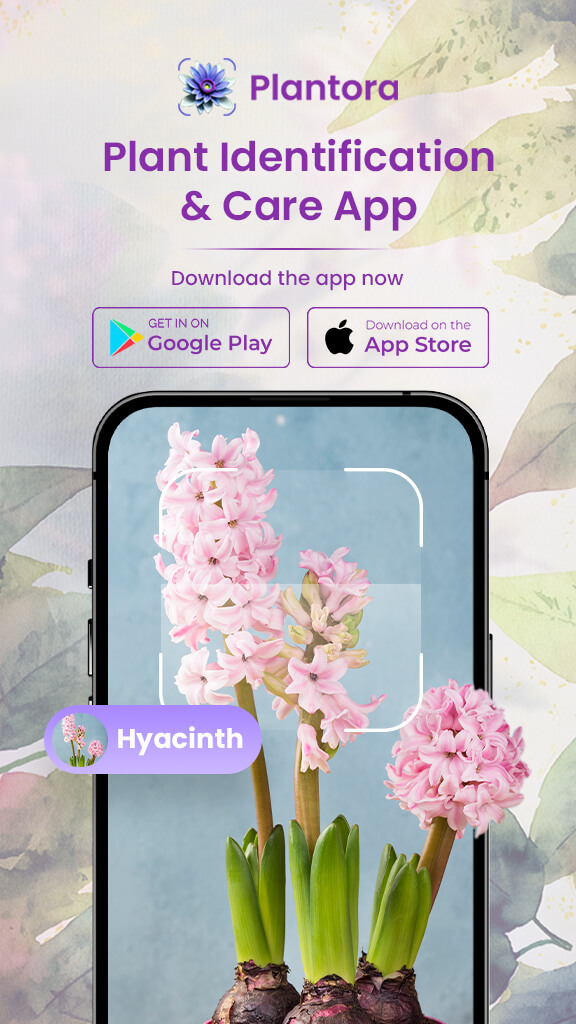
Rosa Chinensis or China rose is a popular flowering plant for gardens that is known for its white, pink, and red colored bloom. These semi-double or single blooms give off a sweet fragrance that creates an enchanting display in your gardens.
Just like other varieties of roses, China rose also features thorns or spikes and glossy, dark green leaves. These amazing ornamental plants can beautify your gardens with their vibrant flowers and they are generally easy to grow. So let’s check out some tips on how to grow and care for China roses.
| Common Name | China Rose |
| Scientific Name | Rosa Chinensis |
| Plant Family | Rosaceae |
| Plant Type | Perennial, Shrub |
| Size Upon Maturing | 6-8ft Tall and 6-8ft Wide |
| Blooming Time | Summer, Spring, and Fall |
| Sunlight | Full |
| Soil Type | Loamy or sandy and well-drained |
| Temperature | 45℉ to 85℉ |
| Soil pH | All (Acidic, Neutral, or Alkaline) |
| Native Region | Asia |
| Color of Flowers | Pink, Red, and White |
China Rose Care

If provided with the correct growing conditions these plants can grow in a variety of regions easily. China rose can provide an abundance of blooms with minimal care and just a few specific requirements such as full sun exposure.
Moreover, you need to protect your China rose from deer and many plant diseases that commonly affect varieties of roses.
Light Requirements:
China Rose needs full sunlight to thrive and reach its optimal growth. So choose a location that receives at least 6 hours of daily sunlight. However, these plants can survive occasional partial shade.
Soil Type:
China Roses can survive in many soil types. However, these plants love loamy, sandy, and well-draining soil that is kept moist consistently. Moreover, China roses can also survive in hard soils as long as the water is drained out. China rose is also tolerable to any soil pH, but loves a neutral pH level from 6.5 to 6.9.
Watering:
Do not overwater these plants and check if the top few inches of the soil are completely dried out before watering these plants again. Create a routine for watering based on your region, and rainfall, and remember that China roses require more watering during their flowering period.
Read more on How To Water Your Plants.
Temperature and Humidity:
These plants do well in a temperature range of 45℉ to 85℉ and would go dormant if the temperature is not in this range.
Moreover, China roses thrive in moderate humidity levels as high humidity may cause flower petals to stick and it can also lead to moisture-related plant disease.
Fertilization:
Use fertilizers made for roses and apply them before planting your China rose in a well-worked soil mix. Choose a slow-release and light fertilizer so as not to over-fertilize your plants. Use a granular fertilizer instead of a liquid one for your rose as it provides many long-term benefits. Fertilize once every month during the growing season.
Read more on How To Fertilize Plants.
Potting and Repotting:
You can grow your China roses either in a pot or in the ground. If you are planning to grow these plants in a pot make sure to select a large one to support the root system Also make sure that the container has drainage holes.
Repot the plant in early spring or late fall as it is dormant in these seasons and only do so when the bush starts to outgrow the container.
Pruning:
China roses only need a little pruning which should be done in the late winter or early spring. If you are keeping your rose as vines you can prune away all the branches other than the main long branch to increase the air circulation.
If grown as a bush or shrub, prune your China rose by cutting off an inch of each stem and removing any dead, wilted, or damaged stem. You also need to prune away spent foliage to prevent any pest infestation.
Common Pests and Diseases:
Some common pests and diseases that affect China roses are-
- Black Spots: This is a common fungal disease caused by high humid levels around the plant. Black spots are easy to identify as they look just like they sound, dark purple or yellow patches that are present on leaves. You can prevent this disease by providing enough air circulation around the plant and keeping the humidity levels in check.
- Powdery Mildew: This is another fungal disease that is caused by insufficient airflow or water. Powdery mildew looks like a white powder-like substance that is spread all over the leaves and other parts of the plant. This disease is prominent in young roses as their roots can’t take up enough water. Improve the air circulation and remove affected foliage to prevent this disease.
- Pests: China roses can be infested by some common houseplant pests such as Aphids, Thrips, and Spider Mites. So regularly check for any symptom of infestation and use natural protectors such as neem oil. Moreover, keep your plants clean and remove any dead foliage. You can also invite insects such as ladybugs into your gardens to keep these pests away and make your garden pollinator-friendly.
Common Varieties Of Rosa Chinensis

Rosa Chinensis var. Chinensis:
This variety is famous for its climbing habit and beautiful blooms that come in dark red, white, or pink colors. Furthermore, this variety of China rose is also very resilient.
Rosa Chinensis var. Spontanea:
The flowers of this variety are similar to var. Chinensis but it features small and slightly cupped flowers that bloom in solitary. This variety of China roses also likes to climb on nearby objects for support.
Rosa Chinensis var. Semperflorens Koehne:
This variety is famous for its dark red-colored blooms that are semi-double to double and produced either in a cluster of two or three or single.
Benefits Of China Roses

China rose has many benefits apart from brightening up your gardens with its beautiful blossoms.
Medicinal Purposes:
Many parts of China roses are used for various medicinal purposes. The flower buds improve blood circulation and also ease stomach pain. The leaves, roots, and seeds can help in treating ailments such as arthritis and coughs. The seeds of China rose are also a rich source of vitamin E. Therefore, these can be considered herbal plants.
Culinary Uses:
The flower buds and shoot tips of China rose are served in soups and the fruit of this plant can be eaten raw or cooked. The seeds can be mixed with flour after grinding. However, you need to remove a thin layer of flesh and seed hair before consuming them as they can cause irritation in the mouth and other parts of the digestive tract.
Decorative Purposes:
China roses are widely grown for landscaping due to their beautiful flowers. The vibrant red, white, purple, or pink flowers create an engaging and gorgeous display in gardens.
Also, read Edible Wild Plants that you can forage.
FAQs:
Is China Rose Toxic?
China roses contain some compounds usually found in the hibiscus family which can be mildly poisonous to dogs and cats so they are not pet-friendly plants. However, these plants are safe for human consumption.
Is China Rose Fragrant?
The flowers of Rosa chinensis are mildly aromatic.
How Do I Get My China Rose To Bloom?
You can prune away spent flowers to encourage more flowering. Apply fertilizer on a monthly basis during the growing period and provide the plant with the necessary conditions to grow.
Do China Roses Have Fruits?
Yes, Rosa chinensis features small berry-like fruits called rose hips. And, these fruits are edible.
How Big Are China Roses?
China roses can grow up to 1m to 2m tall. It can grow bigger in its natural habitat.
Conclusion
China roses are ideal plants for some looking for low-maintenance and easy-to-grow blooming plants. With minimal and proper care one can enjoy the sight of these beautiful flowers in their gardens and also use these plants for various medicinal and culinary purposes. So make sure to check out these amazing plants. See also: Low Maintenance Outdoor Plants
Raghav is a talented content writer with a passion to create informative and interesting articles. With a degree in English Literature, Raghav possesses an inquisitive mind and a thirst for learning. Raghav is a fact enthusiast who loves to unearth fascinating facts from a wide range of subjects. He firmly believes that learning is a lifelong journey and he is constantly seeking opportunities to increase his knowledge and discover new facts. So make sure to check out Raghav’s work for a wonderful reading.







